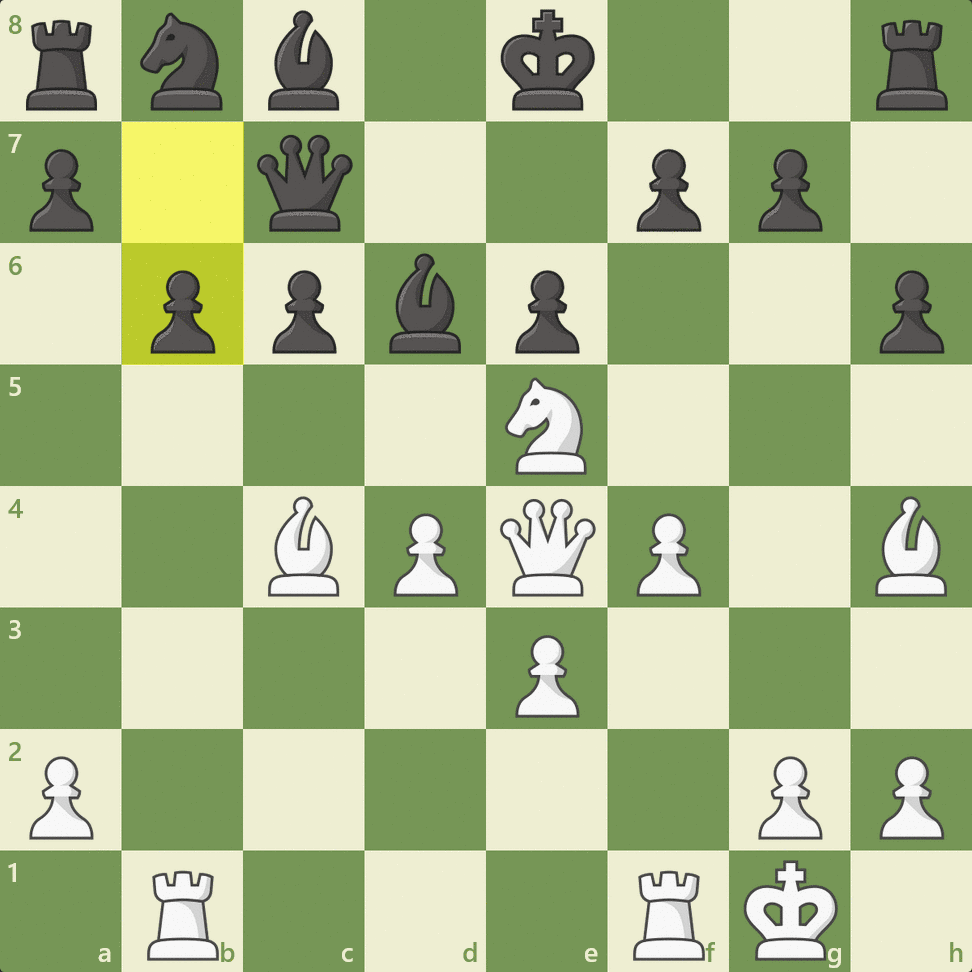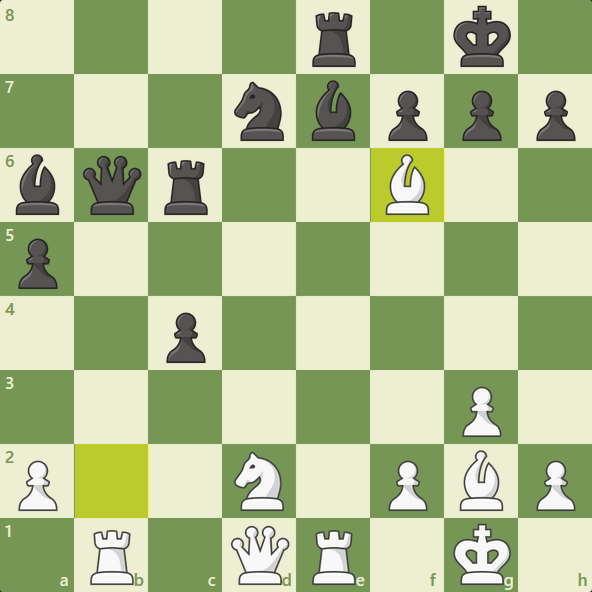
Combination
There are few actions more exciting in chess than identifying a crushing combination that catches your opponent by surprise and leaves them with no chance to win the game. In this article, you learn everything about this chess concept and how you can use it to win more games.
What Is A Chess Combination?
A chess combination is a sequence of forced moves that exploit specific aspects of a position to try to attain a particular goal. Players usually sacrifice pieces to carry out a combination, hoping to gain a material or strategical advantage later.
At the heart of every combination are different tactics that allow the attacking player to explore their opponent's weaknesses.

Why Are Combinations Important In Chess?
According to GM Reuben Fine, a renowned chess player and author, "Combinations have always been the most intriguing aspect of chess. The masters look for them, the public applauds them, the critics praise them. It is because combinations are possible that chess is more than a lifeless mathematical exercise. They are the poetry of the game; they are to chess what melody is to music. They represent the triumph of mind over matter."
Combinations have always been the most intriguing aspect of chess. They are the poetry of the game; they are to chess what melody is to music. They represent the triumph of mind over matter.
— GM Reuben Fine
Besides bringing beauty to the game, successful combinations often allow players to gain a decisive edge over their opponents. An example of this comes from an encounter between GM Michal Krasenkow and GM Hikaru Nakamura. Playing as Black, Nakamura faced the following position:

Nakamura saw the opportunity to sacrifice his queen to initiate an extraordinary combination that would lead to checkmate. Krasenkow resigned a few moves before his king got beheaded.

The sequence of moves displayed is just one of the many possible variations that could have occurred during the game. Nakamura's sacrifice was sound and would give him a considerable advantage in every line, so it's safe to say that his combination was successful. Here is the whole game with a few of its possible variations.
The example above shows that a well-executed combination can reward the attacking player with a decisive advantage. Identifying those sequences and playing them whenever the opportunity arises can help you win more games.
Test Your Skills
Now that you know what combinations are and how they can help you win more games, it's time to put your skills to the test. Solve the puzzles below using combinations to get a decisive advantage.
Puzzle 1: Russian GM Alexander Grischuk sacrificed quite a lot of material against GM Ruslan Ponomariov to get to this position. Can you see the continuation he played to win the game?
Puzzle 2: In the game below, GM Boris Gelfand was facing the attacking beast, GM Alexey Shirov. In this position, Shirov found a fantastic combination that started with a pseudo-sacrifice to win an exchange. Can you attack like Shirov?
Puzzle 3: In this game between famous chess author GM Alexander Kotov and GM Igor Bondarevsky (who coached world champion GM Boris Spassky), Black found a jaw-dropping queen sacrifice to win the game. Can you see what he played?
Conclusion
You now know what chess combinations are and how powerful they can be. Head over to our Lessons page to learn even more about this crucial part of chess so you can win more games!








